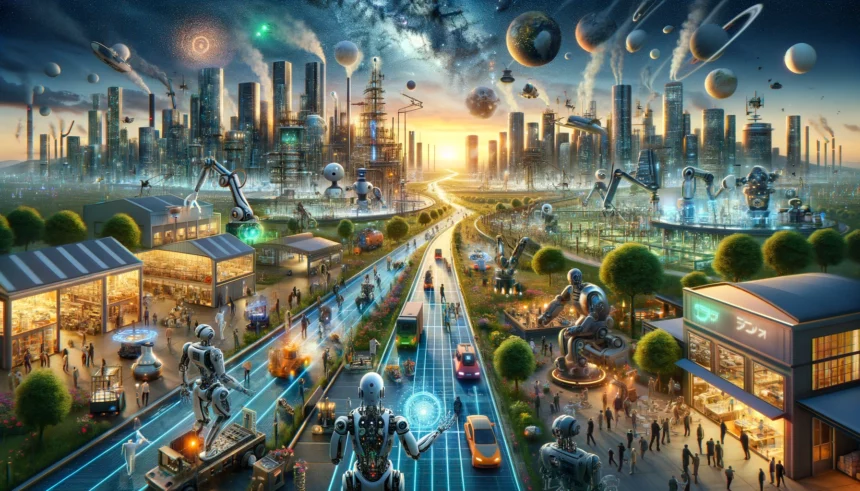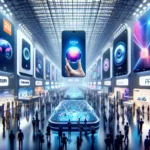In an era where the narrative around robots often swings between fears of replacement and dystopian rule, a transformative wave is reshaping our reality. It’s a story not of displacement but of collaboration, driven by the convergence of artificial intelligence, robotics, and energy advancements. The protagonists of this evolution are not the humanoid figures of science fiction, but a diverse array of machines designed to enhance human capability and creativity across every sector of society.
The Synergy of Minds and Machines
At the heart of this transformation is the seamless integration of digital intelligence and mechanical precision. Generative AI endows robots with the ability to learn, adapt, and make nuanced decisions, echoing human cognitive processes. These “digital brains” are revolutionizing the way robots’ approach problem-solving and navigate their surroundings, pushing the boundaries of autonomy.
Complementing this cognitive leap are sophisticated sensors and actuators, the “dexterous digits” that afford robots an unprecedented level of interaction with the physical world. This combination allows for an array of activities, from simple tasks to complex operations that were previously thought to be the sole purview of humans.
Yet, the full potential of these innovations’ hinges on advancements in energy technology. The development of more efficient, durable batteries is critical, enabling robots to operate longer and more independently, even in challenging environments.
A New Industrial Revolution
This technological renaissance is not confined to any single domain. Robots are emerging in myriad shapes and forms, each tailored to specific tasks:
- In Manufacturing and Logistics, robots streamline production and supply chains, enhancing efficiency and reducing human toil in repetitive tasks.
- On the Streets and in the Skies, autonomous vehicles and drones revolutionize transportation and delivery services, improving safety and efficiency.
- In Healthcare, robotic assistants support medical staff and patients alike, from sanitation to surgery, enhancing care and precision.
- In Agriculture and Construction, rugged machines monitor and manage crops and infrastructure, improving safety and productivity.
- Under the Sea and Earth, specialized robots explore and work in environments hazardous to humans, from deep-sea research to mining operations.
- In Disaster Response, robots become critical assets, navigating dangerous areas to rescue survivors and deliver aid.
Building and Healing with Robots
The implications of this technological convergence extend beyond industrial and commercial activities. In urban development and environmental restoration, robots offer new solutions:
- Repairing and constructing infrastructure, addressing global challenges from housing shortages to crumbling roadways.
- Implementing sustainable designs and aiding in reforestation, robots work alongside humans to create greener, more resilient communities.
- In space, the potential for robots to prepare habitats on the Moon or Mars paves the way for human exploration and settlement, extending the collaborative potential of humans and machines beyond our planet.
A Future Forged Together
The narrative of robots in our world is not one of replacement but of augmentation and partnership. The coming decades will see some roles evolve and new ones emerge, necessitating a reimagining of skillsets and education. Embracing this change, upskilling the workforce, and fostering a culture of innovation are essential steps towards a future where human and robot collaboration flourishes.
The promise of robotics lies in its capacity to join forces with humanity, exploring new frontiers and tackling global challenges. As we stand on the brink of this new age, the focus isn’t on robots leading the charge but, on the synergies created by our combined efforts. The age of human-robot collaboration promises a horizon filled with unlimited possibilities, redefining what we can achieve together in a rapidly changing world.
















